Every December, in the far north of Sweden, just a few miles from the edge of the Arctic Circle, one of engineering’s more unusual phenomena takes place.
As winter’s icy grip takes hold and temperatures drop as low as -30°C, fleets of satellite-guided vehicles take to the frozen lakes that dot this sparsely populated region and begin meticulously etching out strange patterns in the ice.
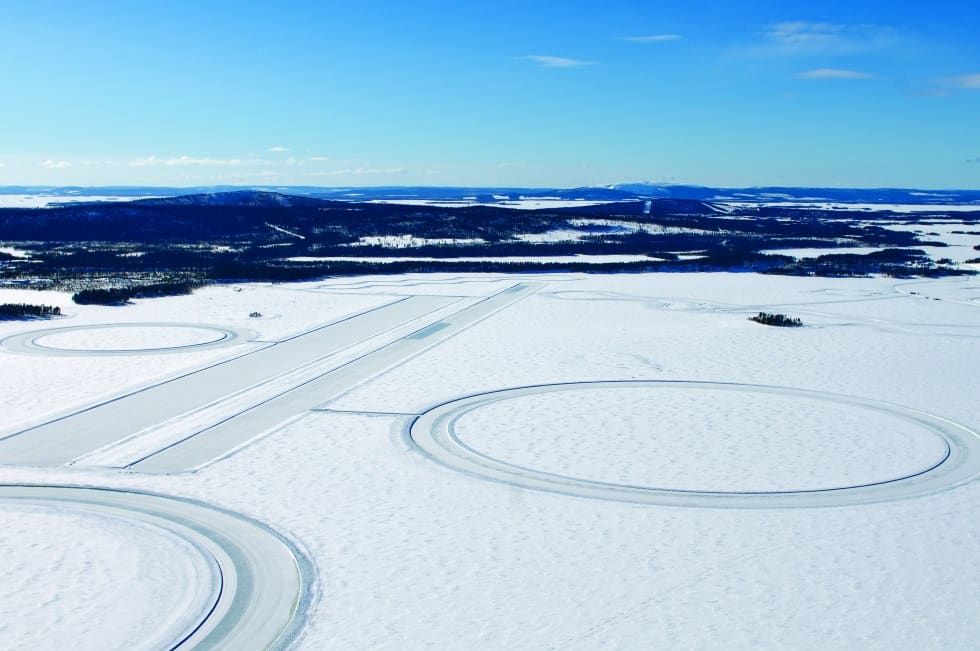
From the air, this complex tapestry of circles and wiggly lines – weirdly reminiscent of the UK crop-circle hoaxes of the 1990s – adds mystery to an already otherworldly landscape.
On the ground, thanks to the omnipresent automotive advertising hoardings, its more practical purpose quickly becomes apparent. And, for the next three months, car makers from all over the world flock to the region to test their technology on the unique low-friction (mue) surfaces of these icy test tracks. It’s the ultimate proving ground for traction-control systems and drivetrain innovations that are making our vehicles safer, efficient and easier to drive.
By a quirk of geography and fortune much of the activity centres around the small town of Arjeplog in Lapland’s Norrbotten County: where the annual influx of engineers, technicians and mechanics sees the population swell from just under 2,000 to almost 4,000 between January and March.
Testing in the region began back in 1973, when engineers from Opel, looking for a suitable spot to put the fledgling anti-lock brake system (ABS) through its paces, spotted an aircraft runway on the frozen ice of Lake Hornaven: one of Sweden’s largest and deepest lakes.
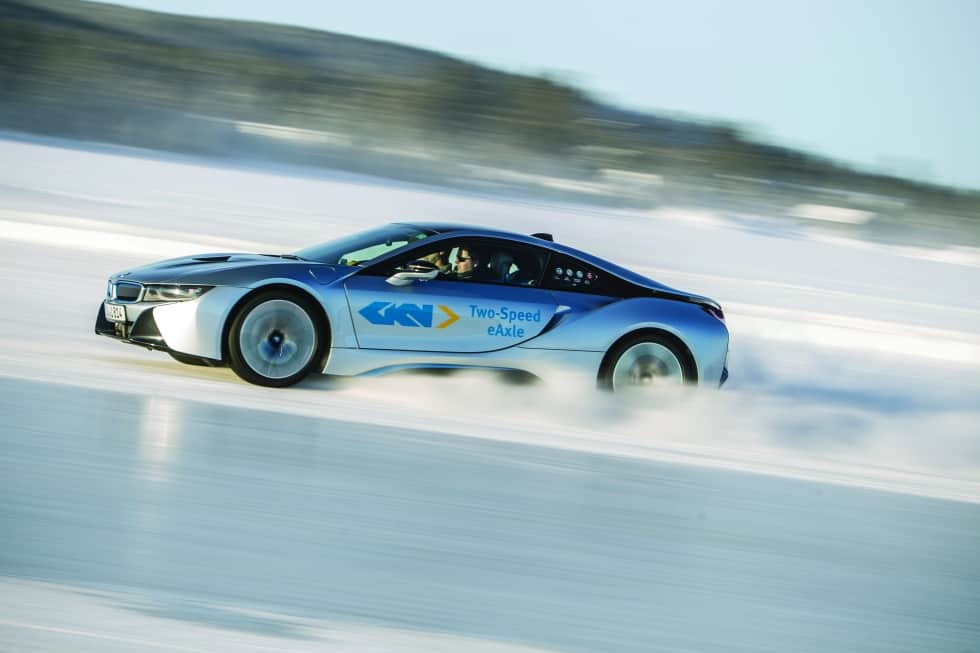
While these early pioneers had limited resources, and little in the way of technical back-up, ‘wintertest’ is now big business: a major contributor to the local economy and a key staging post in the development of a wide range of automotive technologies.
One firm with a long-term presence in the area is GKN Driveline, the automotive division of UK engineering multinational GKN. And, on a recent visit to the firm’s base at Arjeplog’s Colmis Proving Ground, The Engineer saw first hand exactly why these facilities are so important.
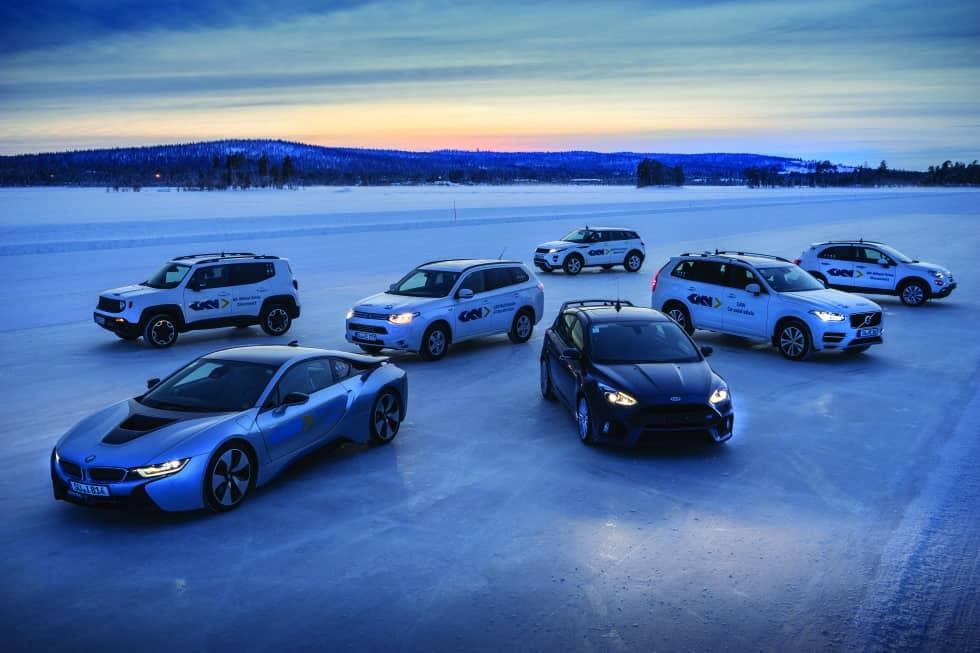
GKN engineer Heinrich Huchtkoetter has been coordinating the firm’s winter testing for more than 20 years and has seen it grow from just two or three vehicles and a rented garage, to an intensive programme involving 20 vehicles, eight separate tracks and a permanent team of 20 engineers.
You need to drive on ice because there you really feel the difference between one technology and another
This growth in scale has much to do with a change in technical priorities. Thirty years ago, said Huchtkoetter, the facility was primarily used to test mechanical drivetrain solutions, such as the viscous couplings used to transfer torque in all-wheel-drive (AWD) applications. But today the focus is on the rapidly growing area of electronically controlled traction enhancement systems, and the surface of a frozen lake is the perfect place to tweak and finesse this technology. “To get these right you really need low mue surfaces,” he explained. “You need to drive on ice because there you really feel the difference between one technology and another, which in high-mue surfaces is almost impossible.”
In the years ahead, winter testing is expected to become an ever-more important step of the development process, as environmental legislation puts added pressure on manufacturers to develop alternative powertrain technologies. Indeed, GKN’s automotive chief Peter Moelgg predicts that, by 2025, batteries and combustion engines will account for equal shares of a car’s power.
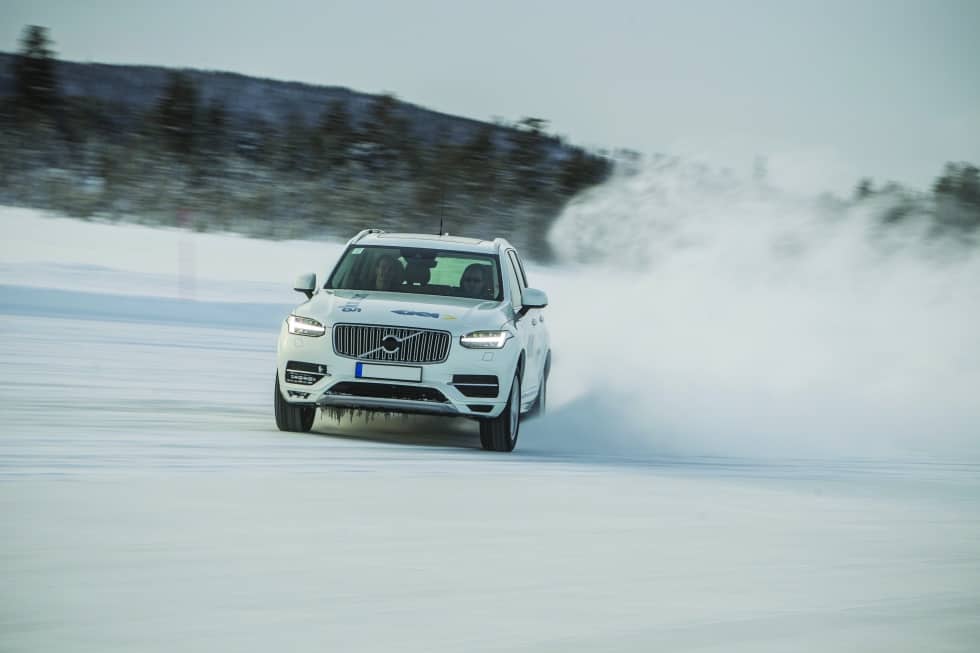
As many of the vehicles trialled this winter attest – including a hybrid BMW i8 equipped with a GKN-developed electric front axle – this is a far from unrealistic aim. It’s also clear that while electrification was once seen as something of a trade-off between efficiency and performance, this is no longer the case.
There’s no doubt that torque-vectoring systems such as the eTwinster (see box) help boost efficiency and safety but equally these systems are leading to significant improvements in performance. Indeed, according to Huchtkoetter, the ability to test these technologies on ice has played a role in improving performance. “When we started with wintertest it was all about traction and then we found out our systems that improve traction also have an influence on vehicle dynamics. The lower the friction on the road the easier it is to tune and calibrate the system.”
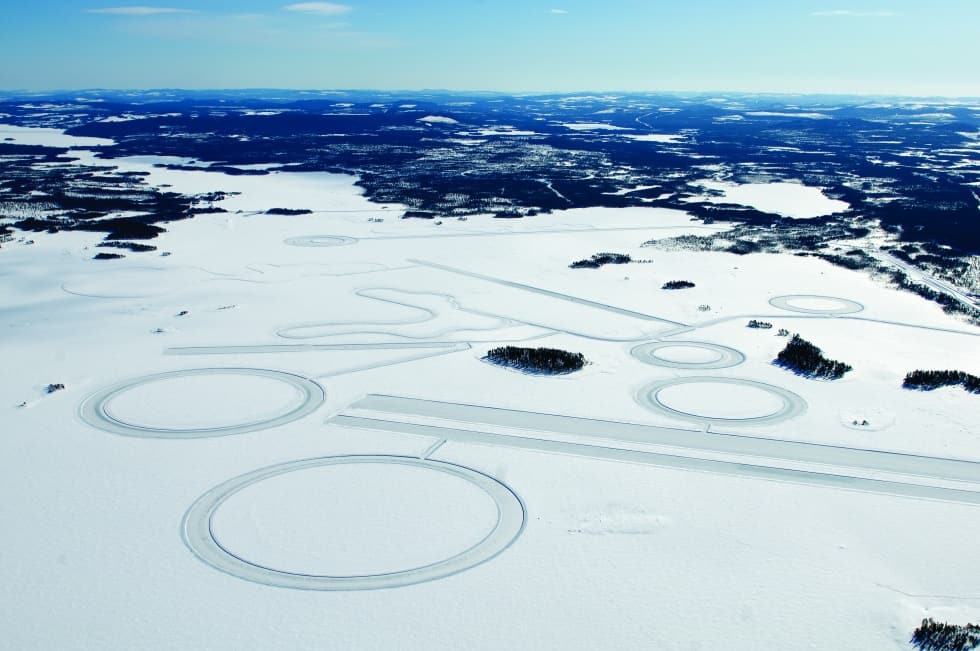
It goes without saying that throwing a car sideways round a frozen lake is good fun and these facilities are a great showcase for both customers and the media. But, as GKN’s eDrive Systems director Theo Gassmann was quick to point out, there’s a serious purpose to it all. “People are not just driving on ice, having fun and showing some journalists and OEMs how great the cars are: they have an extended list of test procedures they have to go through and get signed off, and then, eventually, customers are coming along and having a final check and signing off the car.”
It’s an exacting process: vehicles will typically go through a series of low- and high-mue test cycles before eventually being signed off. And in order to ensure that the data generated is reliable, it’s important that the conditions on the ice itself are as consistent as possible.
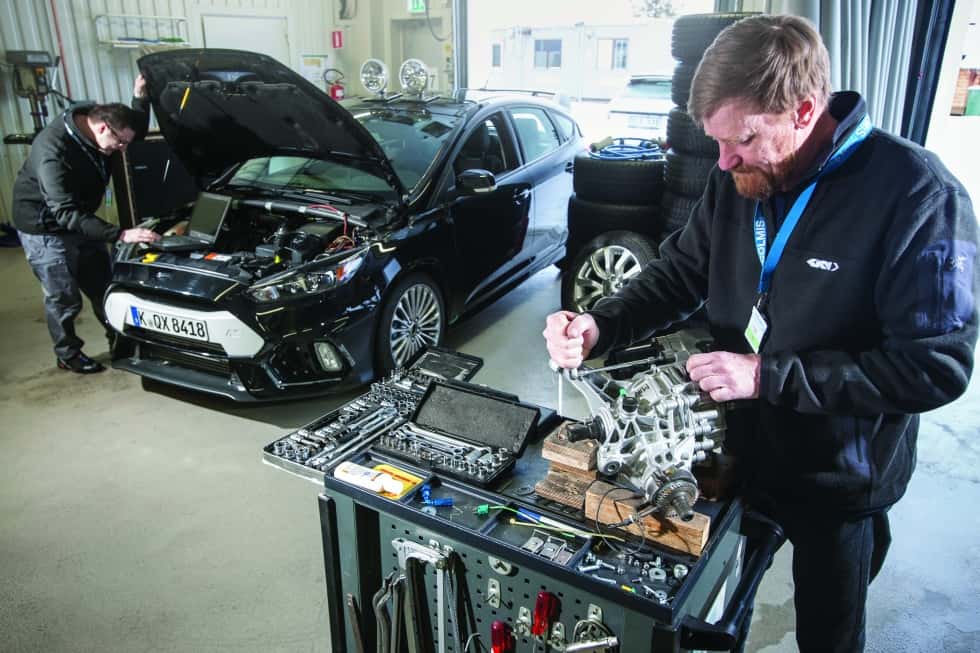
This might be relatively straightforward, if ice didn’t have an inconvenient habit of melting. But every spring, as the days grow longer, this advanced research facility melts away as if it was never there. And each winter it must be carefully rebuilt to a precise set of specifications. “We use the same layout every year because the tests need to be repeatable,” said Gassmann, “each curve has exactly the same shape every year. You need to know the track and consider that…in the software that you’re using”.
As well as the shape of the course, its location on the lake is also important. Although the surface of the lake freezes, the level of the ice changes as water is drawn away to feed a hydro-electric power station on the coast. According to Harald Fjellström, managing director of Colmis Proving Ground, it can sometimes drop by as much as 2m. And if the track isn’t in the right place this can cause problems. “It’s very important we have the track in the same place because there are stones and rocks in the area,” he explained. “When we started we had no idea how it looked and suddenly rocks started to come up through the track.”
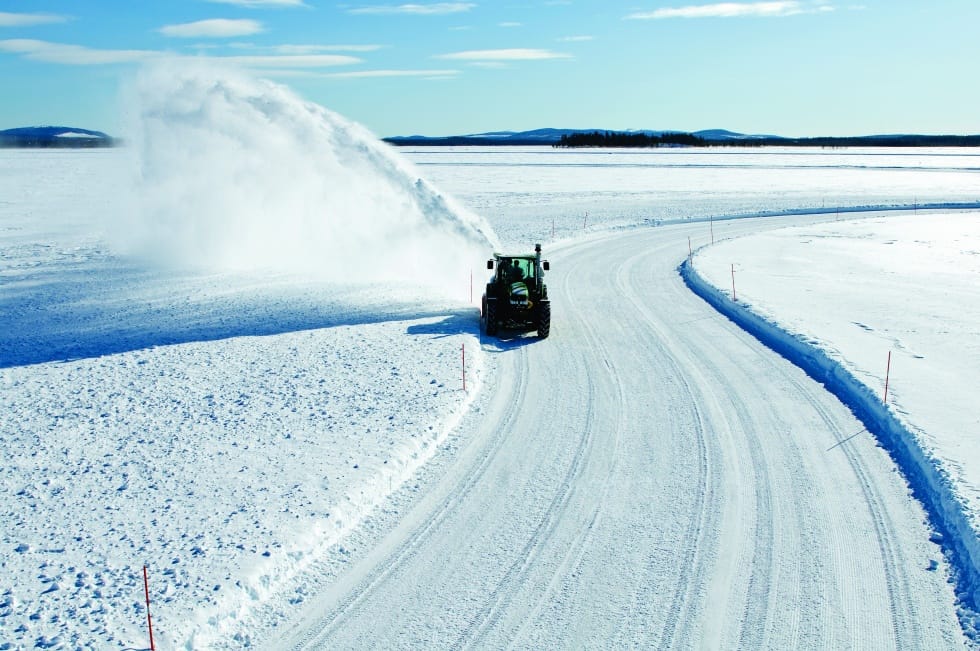
Construction of the course begins in December when the ice is around 5-10cm thick. A GPS-equipped scooter heads out onto the lake, starts to pack down the snow so that it freezes, and marks out the route of the test track. As the ice continues to thicken, fleets of vehicles are sent out to prepare the track: “At 30cm, small green tractors with snow blowers go and take away snow,” said Fjellström. “When we have 40cm then we go in with heavy vehicles, at 45cm with the plough, and at 55cm with the scraper.”
Throughout this process, and indeed throughout the testing season, the ice thickness is carefully measured and monitored using vehicle-mounted radar instruments. When the thickness reaches around 65cm, winter testing can begin. Once the tracks have been created, they are by maintained by teams of technicians, who work in shifts around the clock, removing fresh snow and ensuring that sections of polished ice, the most extreme features on the track, are kept as slippery as possible.
Despite an excellent safety record – no one has ever fallen through the ice – Fjellström’s team nevertheless constantly checks the lake for cracks. Interestingly, the colder it gets the more hazardous it becomes. Below -30°C ice becomes more brittle and prone to cracking. “We don’t go out with big machines if it’s -30°C as the scrapers can remove big blocks,” said Fjellström. “The optimum operating temperature is -5 to -15°C.”
We used to be able to come out on the lake at the end of September, but for the last 10 years the winter has been coming later
As the pace of drivetrain technology development continues to accelerate, facilities such as this are set to become ever more important. Indeed, GKN is now considering how it can scale up its activities. But there are clouds on the horizon. And while the demand for the facilities is increasing, Fjellström is concerned that warmer winters, possibly linked to climate change, might put pressure on the industry in the years ahead. “We have noticed the autumn is much warmer now when we start. We used to be able to come out on the lake at the end of September, but for the last 10 years the winter has been coming later,” he said. So far, this hasn’t affected the start of the testing season, and Fjellström still guarantees a January start, but a trend towards warmer autumns is a concern.
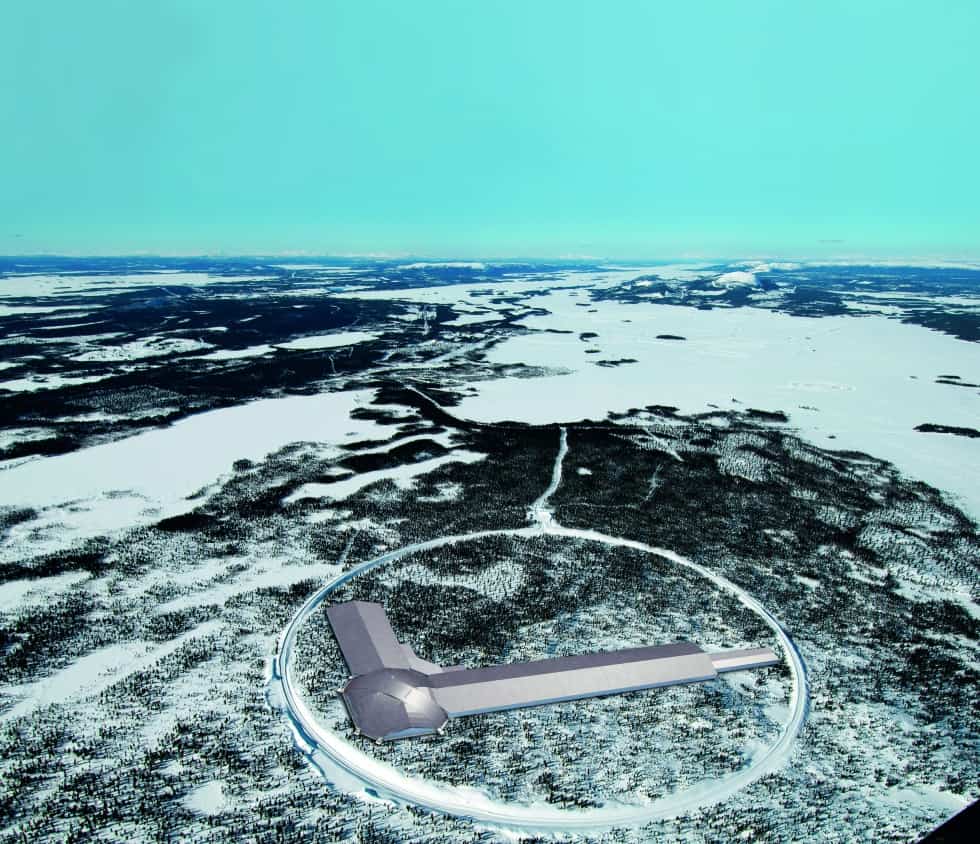
With this in mind, the winter-testing community, has proposed a radical solution: a vast indoor test facility, which would protect and prolong the testing season, ensuring that it makes a year-round contribution to the local economy. Dubbed the Arctic Arc, this 55,000m2 facility will feature a range of tracks, and use refrigeration technology to maintain the temperature at a constant -7°C.
Located near the existing Colmis Proving Ground, the track will also feature a heated, outdoor asphalt area so that high-mue testing and cold-weather testing can be carried out at the same time. According to Fjellström, this state-of-the-art facility is expected to be up and running by 2018, and will help keep Arjeplog on the wintertest map for many years to come.
Plug-in hybrid module raises the bar for electrification
One key technology for GKN’s 2016 wintertest programme was eTwinster, a plug-in hybrid module designed to make it simpler to make cars with electric all-wheel drive and torque vectoring.
The technology uses electronic clutches to vary torque across a vehicle’s axle, and could make hybrid vehicles more efficient and dynamic, claimed GKN. It combines the firm’s existing eAxle technology – already used on plug-in hybrids, including the Volvo XC90 T8 and BMW i8 – with the twin-clutch torque vectoring technology in the Ford Focus RS and Range Rover Evoque.
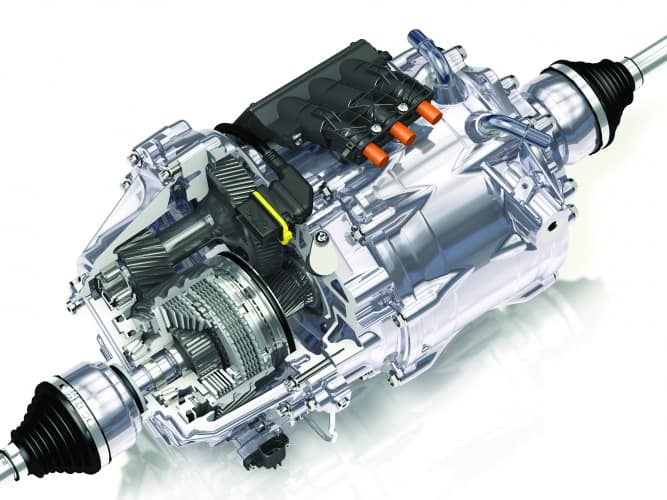
At Arjeplog, GKN demonstrated the technology on a prototype version of the Volvo XC90 T8, chosen partly because GKN already supplies the vehicle’s electric motor module. In the vehicle, a 60kW, 240Nm electric motor drives an electric axle with a transmission ratio of 1:10. A dual-clutch eTwinster system then vectors the resulting 2,400Nm of torque between the rear wheels.
The prototype vehicle demonstrated superior dynamic response and handling on the frozen lake at the heart of the firm’s wintertest facility. GKN Automotive’s technology chief Peter Moelgg said: “We believe our system represents the next step forward for the industry: a production-ready way to create higher-performance hybrids that are more rewarding to drive.”
The company predicts that by 2025 up to 50 per cent of all vehicles will have some level of electrification, with a greater proportion of hybrids’ power delivered from the electric motor. While current mass-production vehicle platforms can only draw around 30 per cent of their energy from a battery, GKN claimed small, torque-vectoring electric axles could deliver 60-70 per cent of the power in future vehicles.




Glasgow trial explores AR cues for autonomous road safety
They've ploughed into a few vulnerable road users in the past. Making that less likely will make it spectacularly easy to stop the traffic for...